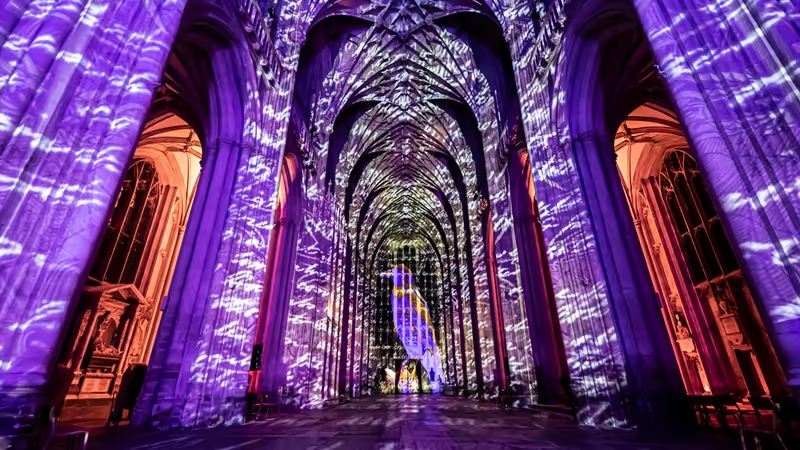The concentration of carbon dioxide in the atmosphere is passing 417 parts per million, a 50% increase since large scale greenhouse gas emissions caused by humans burning fossil fuels began during the industrial revolution.
Measurements at the Mauna Loa Observatory in Hawaii show that carbon dioxide concentrations were above this level on several days in February and March this year.
The Met Office expects carbon dioxide levels to remain above this symbolic threshold for around three months during 2021 due to ongoing emissions from fossil fuel burning, land use change and cement production.
2021 will be the first year on record that will see carbon dioxide levels of more than 50% above pre-industrial levels for more than a few days.
Carbon dioxide concentrations are expected be more than 50% above pre-industrial levels for most of next year, and will continue to rise unless global emissions are reduced to net zero.
 Atmospheric rise in carbon dioxide from the industrial revolution to the present (based on ice core data before 1958 which does not capture seasonal variations measured by instruments). Image: Met Office.
Atmospheric rise in carbon dioxide from the industrial revolution to the present (based on ice core data before 1958 which does not capture seasonal variations measured by instruments). Image: Met Office.
University of Exeter Professor Richard Betts, Head of Climate Impacts at the Met Office Hadley Centre, said: “Humans began burning fossil fuels at large scales at the end of the Eighteenth Century, and it took about 200 years for the atmosphere to see a 25% in the atmospheric concentration of carbon dioxide, but only another 35 years to reach this year’s sorry milestone of a 50% increase.”
Pre-industrial carbon dioxide levels were about 278 parts per million, which is the value that the Intergovernmental Panel on Climate Change used as the baseline in its 2014 Fifth Assessment Report. This report paved the way for the landmark Paris Agreement.
The United Nations Climate Change Conference due to take place in Glasgow this November, known as COP26 as it is the 26th such conference, is the first time the parties to the United Nations Framework Convention on Climate Change are expected to commit to enhanced carbon reduction targets since the Paris Agreement was signed.










